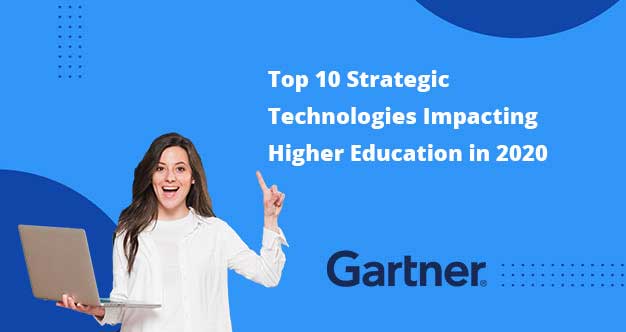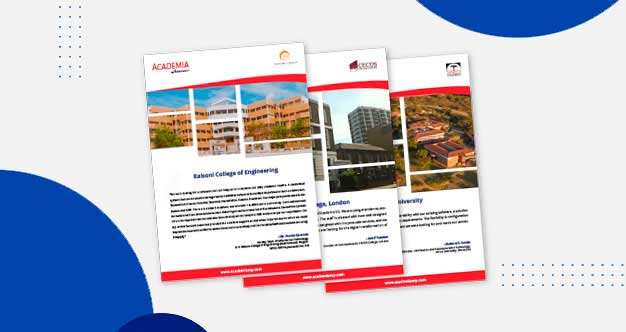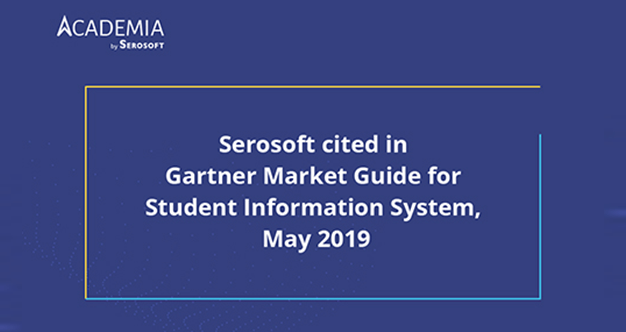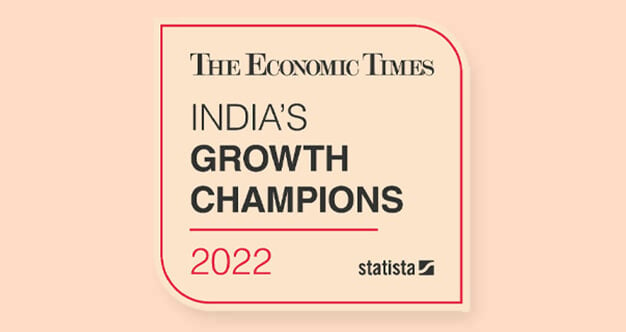-
Solutions
-
Academia SIS
Leading-edge Student Information System.
-
Academia ERP
Robust Education Enterprise Resource Planning.
-
Academia SMS
Leading School Management System for Schools/Academies.
-
Academia CMS
Top College Management System.
-
Academia UMS
A Comprehensive University ERP for Streamlined Operations.
-
Academia TMS
Top Training Management System for Training/Coaching Centers.
-
Integrations
Academia's flexible architecture supports multiple integrations.
-
SaaS Model
Cloud-based annual per-user-per-year subscription pricing with low upfront costs.
-
License Model
Learn more about our 5-year licensing model.
-
Implementation & Support
We ensure smooth implementation, fast integration & robust training to maximize value.
-
Security
Run your entire institution operations at peace with a GDPR / ISO 27001 compliant solution
Overview
Interoperability
Pricing Models
Services, Support & Security
-
Academia SIS
- Plans
- Key Modules
-
Resources
- Blog
- White Papers
- Info Videos
- Product Sheets
- Advantage Academia
- Podcasts
-
 Empowering K-12 and Higher Education Institutions Worldwide
Educators Resources
Empowering K-12 and Higher Education Institutions Worldwide
Educators Resources
Resources for Educators
Resources for Educators
-
Clients
- Client Testimonials
- Recommendation Letters
- Case Studies
Success Stories
- Company
- Request A Demo
Search
 Higher Ed Plans
Higher Ed Plans K12 Plans
K12 Plans




